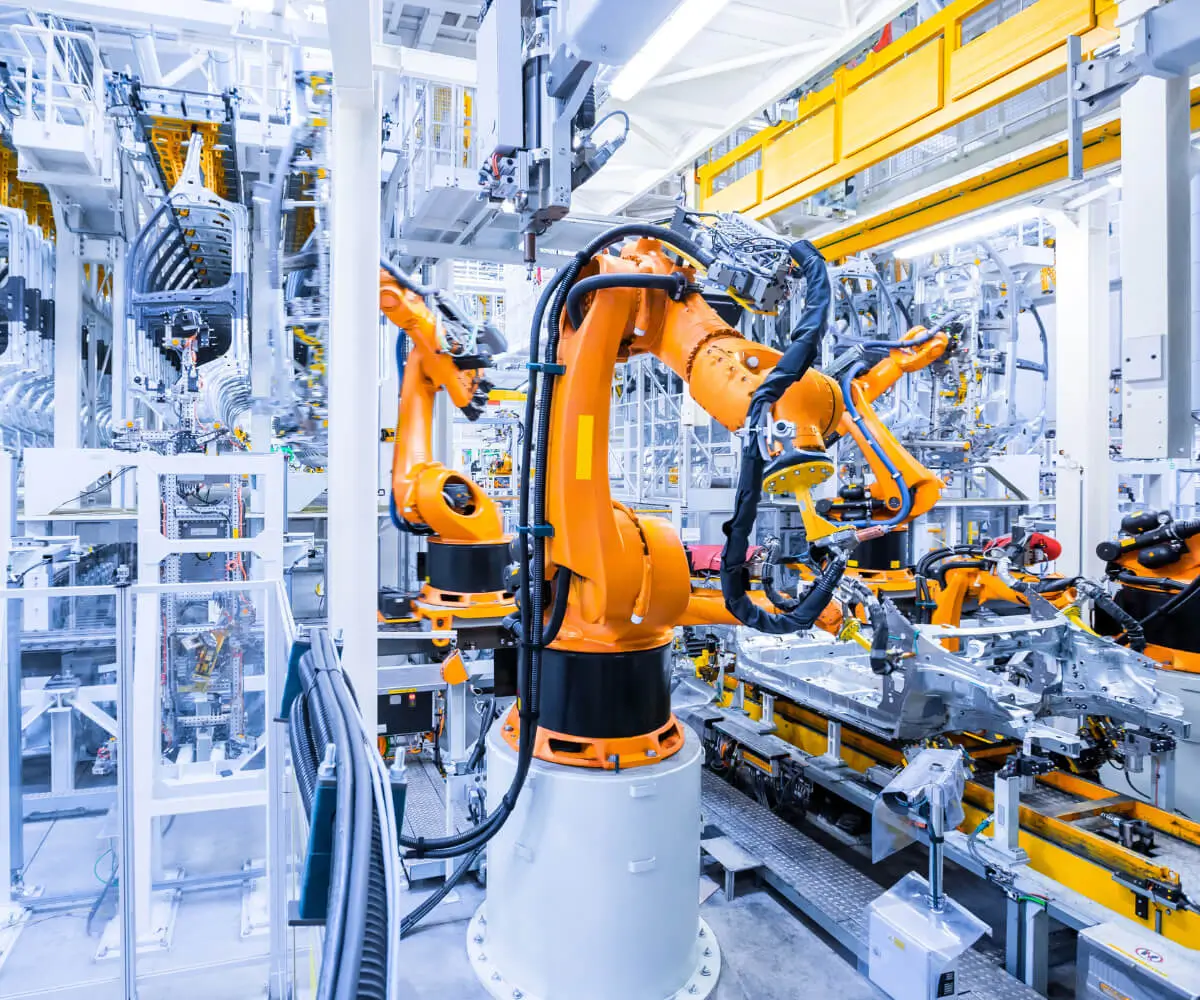Sure! Here's the first part of the soft article centered around "brushless dc motor with gearbox." I’ll follow the structure you requested. Once you're ready for Part 2, I can generate it as well.

In the modern landscape of technology and automation, the quest for more efficient, durable, and precise motor solutions has never been more intense. Among the front-runners in this pursuit are brushless DC motors (BLDCs), which have revolutionized how machines move, operate, and interact with their environments. When coupled with gearboxes, these motors offer an unmatched combination of speed, torque, and control, opening new vistas across a broad spectrum of industries.
What Makes Brushless DC Motors Stand Out?
Traditional brushed motors have been around for decades, but they suffer from certain limitations—most notably, brush wear and maintenance issues, reduced lifespan, and electromagnetic interference. BLDC motors, on the other hand, eliminate brushes altogether. They operate using electronic commutation, which relies on sensors and controllers to switch the current within their windings seamlessly.
This design confers several advantages. Firstly, BLDC motors are remarkably efficient, often reaching efficiencies above 90%, translating to less energy waste and lower operational costs. Secondly, they offer superior speed-torque characteristics, making them highly adaptable to different tasks. Finally, their absence of brushes means less physical wear, resulting in longer service life, reduced maintenance, and fewer breakdowns.
The Critical Role of Gearboxes
While BLDCs are powerful and precise at their core, many applications require control not just over speed but also total torque and positional accuracy. This is where gearboxes come into play. Gearboxes are mechanical devices that modify the output of a motor—either by increasing torque, reducing speed, or refining motion for precise positioning.
A gearbox acts as the robot's or machine’s intermediary—taking the high-speed, low-torque output from the BLDC and translating it into a slower, more forceful movement that can handle heavy loads or fine positioning. The combination of a brushless motor and gearbox is more than just a sum of its parts; it’s an engineer’s dream for applications demanding power, efficiency, and precision.
The Synergy: Why Combine a Brushless DC Motor with a Gearbox?
The pairing of a BLDC with a gearbox is more than technological convenience; it’s a strategic choice for optimization. Here are some of the benefits that this combination offers:
Enhanced Torque: While BLDCs can generate high torque directly, gearboxes further amplify this torque, enabling movement of heavier loads or overcoming resistances that would otherwise be challenging.
Speed Reduction & Control: Many applications demand slow, controlled movement—like robotic arms or satellite positioning systems. Gearboxes reduce the motor’s high rotational speeds to workable levels with high precision.
Precision & Accuracy: Gearboxes can improve positional accuracy, especially planetary or harmonic types, allowing fine control essential in automation and instrumentation.
Compact and Lightweight Design: When carefully selected, gearboxes and BLDCs can be designed to deliver high power output without excessive size or weight, which is critical in aerospace, medical devices, and mobile robotics.
Longevity and Reliability: The combination minimizes wear and tear, thanks to the absence of brushes in the motor and robust gearbox design, leading to machines that run longer with less maintenance.
Key Components of a Brushless DC Motor with Gearbox Assembly
Understanding the main components helps to appreciate why this setup is so versatile. It includes:
Stator and Rotor: The stator contains windings that carry the controlled current, generating a magnetic field, while the rotor, often embedded with permanent magnets, spins within this field.
Electronic Controller: This is the brain that switches the current in the stator windings in a sequence to produce continuous rotation—no brushes needed.
Gearbox Housing: Encloses the gearing mechanism, which can be planetary, spur, worm, or harmonic, depending on the application requirements.
Gears: The teeth and shafts within the gearbox translate the motor's high-speed rotation into a slow, high-torque output.
Output Shaft: The final stage delivering the processed motion to the load—robotic joints, conveyor belts, or other machinery.
Industry Applications: Where Brushless DC Motors with Gearboxes Shine
Industries across the board leverage this powerful pairing:
Robotics and Automation: Precise, repeatable movements in industrial robots and automated guided vehicles.
Aerospace: Actuators and satellite positioning systems demand compact, reliable, and highly precise motors.
Medical Devices: Medical imaging equipment and surgical robots rely on silent, accurate, and durable motors.
Renewable Energy: Solar trackers and wind turbine positioning systems benefit from efficient BLDC gearmotor assemblies.
Consumer Electronics: Drones, camera gimbals, and electric bicycles require lightweight, efficient, and high-performance motors.
Established in 2005, Kpower has been dedicated to a professional compact motion unit manufacturer, headquartered in Dongguan, Guangdong Province, China.




































